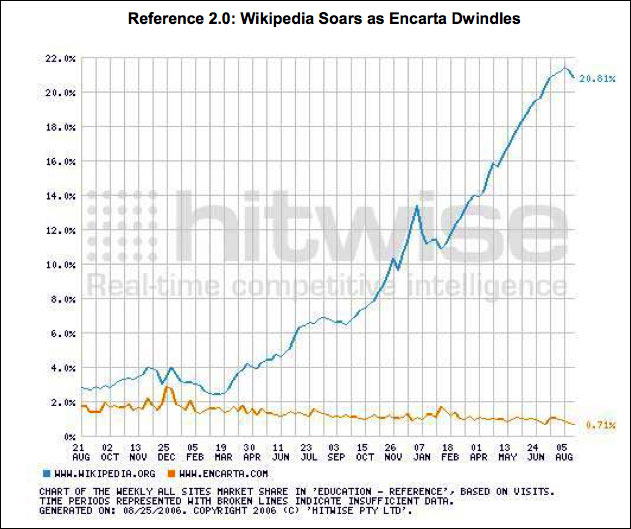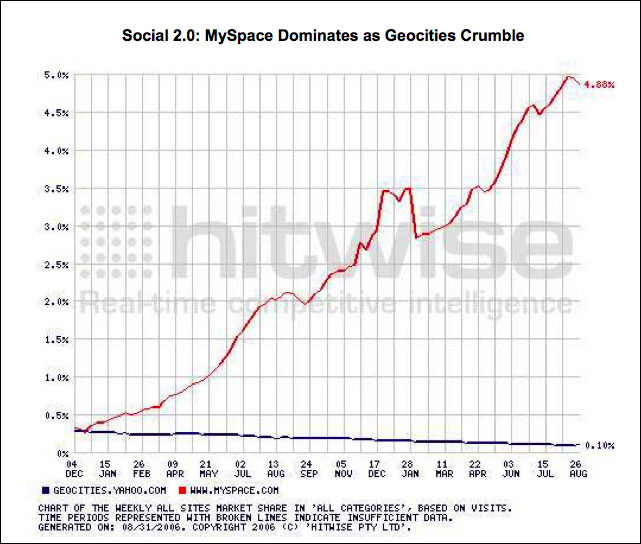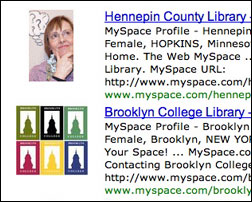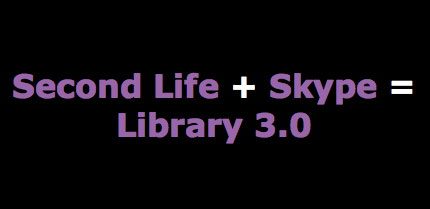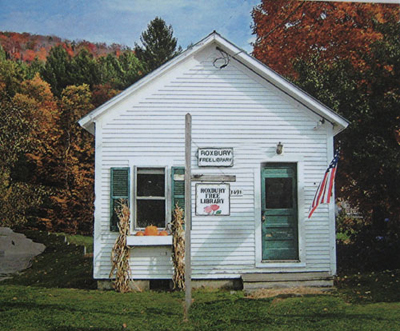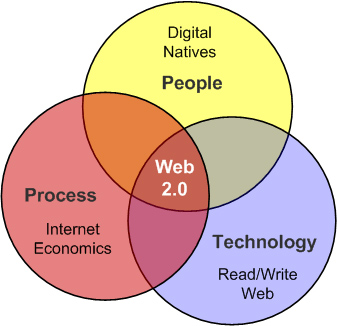 Web 2.0 design patterns
Web 2.0 design patterns
1. The Long Tail
2. Data is the Next Intel Inside
3. Users Add Value
4. Network Effects by Default
5. Some Rights Reserved.
6. The Perpetual Beta
7. Cooperate, Don't Control
8. Software Above the Level of a Single Device
Web 2.0 - "a popular (though ill-defined and often criticized) buzzword amongst certain technical and marketing communities."
[cite, image credit]
 Further reading: ; The New Shape of Knowledge by David Weinberger; Top Ten Web 2.0 Moments of 2005 by Richard MacManus; Web 2.0 Thinking Game by Jeffrey Zeldman.
Further reading: ; The New Shape of Knowledge by David Weinberger; Top Ten Web 2.0 Moments of 2005 by Richard MacManus; Web 2.0 Thinking Game by Jeffrey Zeldman.

The Slow Library movement is getting up and running...
slowly. Here's a
statement of principles.
1. Education: Everyone and Everywhere - Any Slow Library approach assumes education (bidirectional) is a primary ingredient and outcome. Educating staff and users how to avail themselves of information resources and tools then using the results of that educational experience to build new tools and content. A self-perpetuating odyssey.
2. Community: Participate and Preserve - A close-knit community is especially important on the staff side to ensure that the people building the services and resources work closely and collaboratively. You also need to trust everyone to ensure wide participation: if all your staff don't have full admin access to your ILS you need to add some moxie. In the new Library 2.0 context those that use our services are an extension of that team via things like tagging and annotations. Expanding this community (locally and beyond) and preserving the knowledge generated is fundamental to ensuring that the community thrives. If you are nervous about patrons adding tags to your Marc records you need to add even more moxie, and maybe even some mojo.
3. Local: Small-scale and Granular - Whenever possible grow information services and resources using local talent. This can be done in many ways, but one is by spending money on the development of local staff rather than on expensive vendor products. In order to make this doable, small modular components are often (not always) better than big monolithic containers. Starting small and build up and out: also called The Lego Principle :-)
4. Craftsmanship: Open and Sustainable - Craftsmen (craftspeople?) care about quality and longevity. In the information universe the best way to ensure the craft and product are strong is to support things open: source/standards/data/information/knowledge. If we can build on top of open then we increase the likelihood the results will be sustainable.
5. People: Capacity and Passion - I have yet to meet a person in this sector who couldn't learn what they needed to do as long as they have the passion. Take that away and all the skills and knowledge in the world will only take you so far. A good dose of both will take you wherever you need to go. Also, computers can't enjoy a beer with you.
6. Enjoyment: Savour the Unexpected - What can I say. If it ain't fun it ain't on. Don't stop colleagues from asking completely asinine questions and let the weird ideas flow.
 Some notes on a Slow Library talk and some more discussion.
Some notes on a Slow Library talk and some more discussion.
Jessamyn West is a community technology librarian and the editor of the weblog
librarian.net. She teaches email classes for seniors, builds tiny websites for tiny libraries and advocates for sensible technology use for everyone.
IM her at
iamthebestartist.
All images were grabbed hither and yon, if one belongs to you and you object to its use, let me know.
This presentation was created in HTML using CSS. There was no PowerPoint involved except as a nagging bad example. The layout and stylesheet are available to borrow via a share and share alike creative commons license. See source code for details.
<< slides | printable >>
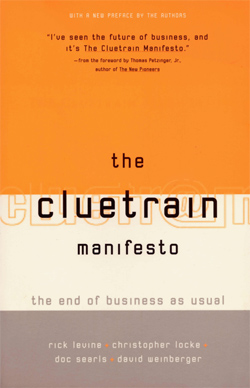

 Web 2.0 design patterns
Web 2.0 design patterns


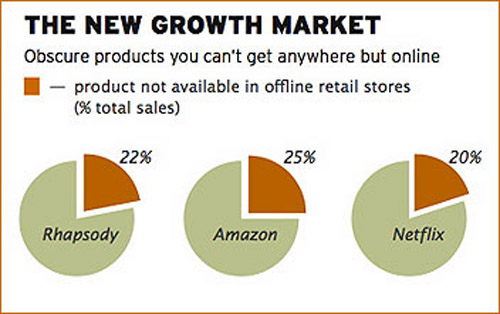

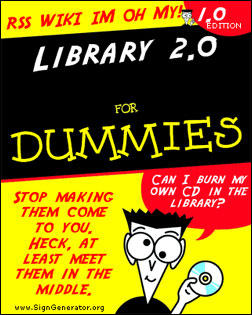

 Remember this guy?
Remember this guy?
